India’s Gender Gap
As more industries step into the digital age, technology has permeated every part of our lives and our society. However, the tech gender gap today puts women in the minority when it comes to the innovation and creation of this technology.
Over the past 10 years, the number of women employed in the IT industry in India has seen a rapid increase, with more than 30% of employees now being female. This contrasts with stagnation or decline in the participation of women in IT in many Western countries.However, a number of studies show that the highest levels of female representation in technology jobs are at the entry-level, where 51% of employees are women. By the time employees are promoted to managerial positions, those numbers decline to around 25%, and at senior level, only 1% job-holders are female.
These numbers show that attrition rates for women are very high. In reality, women with more experience would be an asset to the company, however, retaining this value seems to be an area that requires further attention. Technology is often known as the great equalizer, an unseen force that brings people together, so why aren’t more women part of the creation and integration of technology?
Let’s find out.
Is it really important to have more women in the tech world?
To be the great equalizer it is deemed to be, technology should reflect the wide variety of needs in the world today, but it often takes bias towards the values of its creators. Take AI for example. Like all technologies, artificial intelligence systems use the data that is fed by their creators and will pass on the biases of those creators. As it stands today, the majority of those creators are male. This means that female data is often under-represented in training data sets and machine-learning models frequently do not take into account the nuances of female users. For example, early speech-to-text transcription services performed poorly with female speakers because the systems were trained and modelled to analyze primarily male speakers with lower voices. As our society becomes more dependent on these systems, our decision-making will reflect the inputs of a workforce that is not representative of the make-up of our society. Even outside of the field of artificial intelligence, this gender bias in technology remains extremely prevalent. If you’re a woman looking for a job, you’re less likely to see targeted ads for high-paying roles than your male counterparts. And, if you had asked Apple’s Siri when it first launched, “Where can I find emergency contraception?” she wouldn’t have known what to tell you. The lack of gender diversity results in programming biases.

We need to understand the benefits of having more women playing an active role in shaping technology today. There is no doubt that having more women in technology will enable more equality and encourage other girls to pursue their tech dreams. But it’s more than that. Studies have shown that women solve problems differently, they tend to understand the human condition better, and are often more empathetic, design-focused, and emotionally intelligent.
Many industries today rely heavily on female buyers. In the US alone women account for 85% of all consumer purchases. Globally women now control $20 billion in annual consumer spending, and that figure could climb as high as $28 trillion in the next five years. Stagnant innovation in many female-oriented industries such as healthcare can be improved with fresh perspectives. Women can provide better-personalized solutions for women buyers and even enable them to live longer and healthier lives.
Industries today can no longer ignore the fact that the decisions of women affect the global economy. Women often influence household purchasing decisions and are the key decision-makers and consumers of products, putting more weight on the importance of their perspective.
How can companies support more diversity in tech?
Tech companies need to embrace the fact that the voice of a woman is unique and necessary. In India today many women still struggle for access to basic education and then for societal acceptance and recognition in the workplace. Some of the reasons women and girls participate in STEM fields at lower rates is because of lack of encouragement, active discouragement, lack of role models, negative peer pressure, and often sexual harassment.

One great way to increase diversity is when the culture of the organization itself becomes more conducive to retaining and promoting women.
Companies can set up diversity events with awards to recognize best practices, addressing areas such as flexible working, return to work after maternity leave, transportation services for workers, and all-round education for the HR services functions.
To make lasting change women need to be more involved in shaping corporate policy, transforming work culture, and standard operating procedures. Women need to be provided with support and mentoring to progress their careers after graduation and maternity leave. Corporations need to provide more innovative and fulfilling roles and recognize those with the potential to create change and growth in their companies.
Some IT companies have launched several initiatives designed for women who have taken a career break and are now keen to re-join the workforce. Women who join these programs undergo extensive training to upgrade their technical and business skills, as required for today’s work environment. The duration and type of training depend upon their previous experience and interest area. Steps like these that empower women through upskilling and incite self-confidence could significantly increase women in the workforce.
We need new strategies for more inclusive and diverse technology that is better attuned to the needs of a wider audience. This can only be achieved with a change that closes the existing gaps. AI needs humans who enhance diversity and add resilience to bias while it’s still early enough to do something about it. The time has come for us to consider a new and improved future for the technology. A future that can still be shaped for the betterment of all society, with the views of all society, not just one part of it.
You want to know more about how IndiVillage is supporting women in tech? Head over to the interview with Mounika Bugude to find out more!
Written By: Utsav Maur Heinbokel



